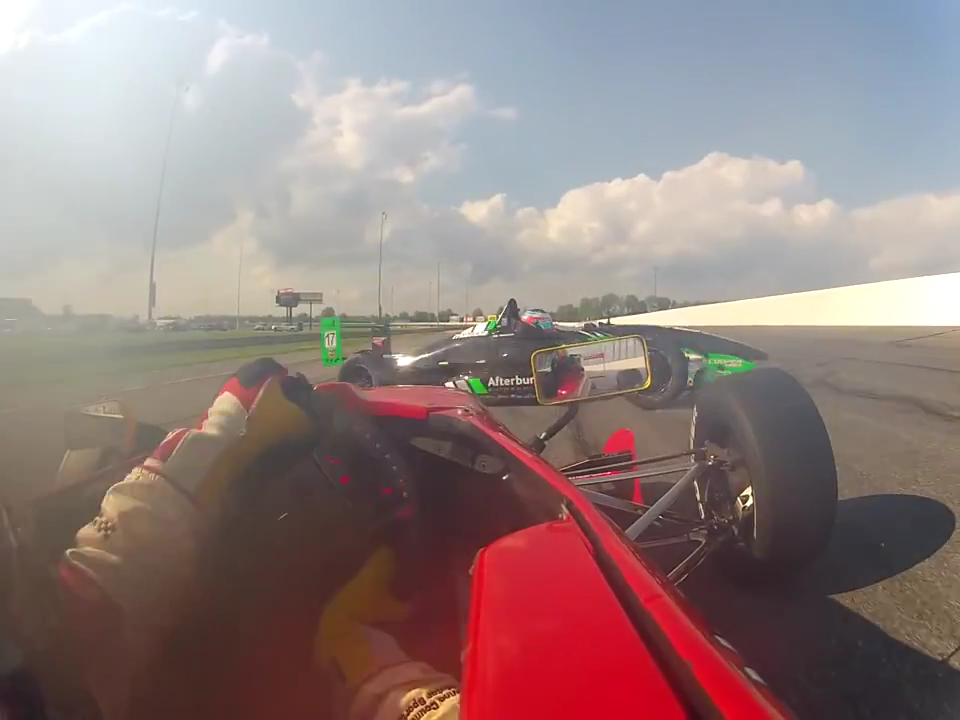Keeping a car in one piece while traveling at high speeds, with limited visibility and little room for evasive maneuvers, is a tall order. When the fellow in front spins and becomes occluded by a cloud of smoke, what should one do to avoid a major collision?
For advice, I consulted IndyCar veteran Dominic Dobson, who raced in an exceptionally dangerous period of the sport. In the ’80s and early ’90s, the IndyCar rockets boasted as much as 900 horsepower and often placed the driver’s feet ahead of the front axle. Needless to say, avoiding big wrecks on the ovals was necessary for a long and fruitful career.
“I learned early that you need to look where you want to go and if you look at the spinning car, you will hit it. Just like a skier who stares at the one damn tree and hits it!” says Dobson. That approach helped him race through two very dangerous decades without major injury and gave him a wheelchair-free career after racing.
Unfortunately, Chris McMurry wasn’t able to escape this spinning rival as easily as Dobson might have. As the competitor ahead runs high and begins to rotate, it’s only a matter of a second or two before a painful collision. With a lift off the throttle, McMurry begins to plan an avoidance maneuver once he senses the car ahead spinning, but based on the indecisive steering inputs, it’s likely he was trying to anticipate the trajectory of the car ahead instead of picking a point and committing to it early on.
Unfortunately, McMurry’s car cannot take the frantic steering inputs at those speeds, and understeers into the competition. This Formula Ford might have a fraction of the power CART monster Dobson used to race, but it only shows how quickly target fixation can cause a collision, even in a machine with fewer than 200 horsepower.






















